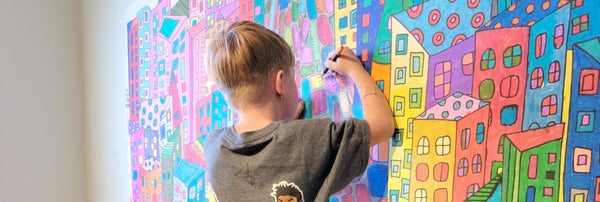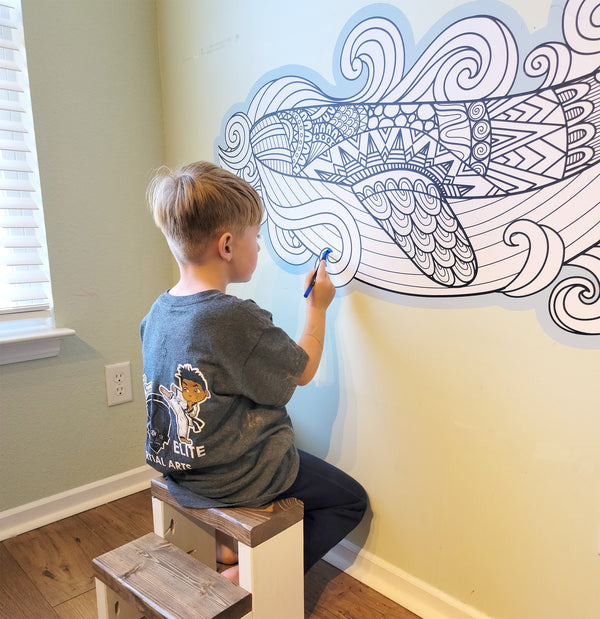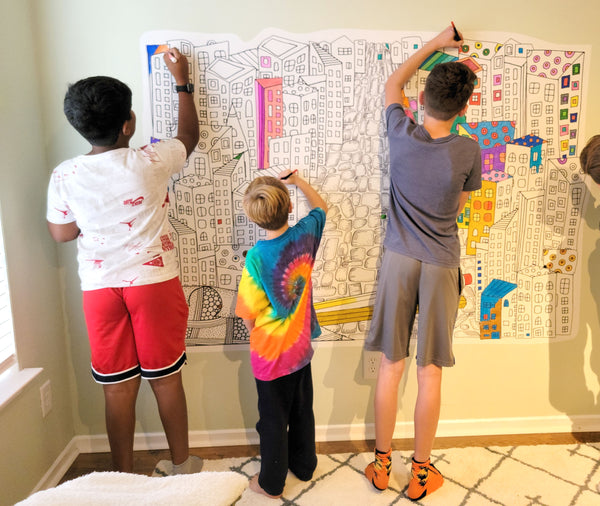
How Creativity Can Heal Trauma
"Through studies encompassing neurobiology, neuroplasticity, and differing functions of the right-brain and left-brain hemispheres, as well as the uncovering of the mirror neuron system, it is now possible to provide scientific evidence for the claim that art therapy is effective in treating a variety of disorders and symptoms including trauma."
Coloritsy Coloring Artwork brings a complete catalog of different art to color and display without the need of frames, tape or pins. Simply Peel, stick and color. It is that easy!
"Traumatic memory is not inherently verbal. It is felt physically. It is known emotionally. It is re-experienced visually. Yet, to prevent serious mental health issues from taking root, the brain must learn to analyze and understand the trauma as it does other events. As such, there is hope for healing in the sensory and visual experience of art making during art therapy.
During an art therapy intervention, the client has an opportunity to express and externalize his or her inner thoughts and feelings related to the traumatic experience as well the opportunity to process these thoughts and feelings though joining with an empathetic other, the art therapist."
During a Coloring Event many unintended occurrences take place. While coloring Coloritsy Whale Artwork, I've found silence to be pleasantly welcoming, while I focused on how my watercolor pen mixed colors and traces. On a different occasion, I listen to mediation music while coloring the Mama Bear Artwork and was inspired to follow my coloring by other creative events, such as playing an instrument.
Evidence points to the benefit of not only recounting a challenging experience in the past but also the importance of reframing those experiences as meaningful and connected to a core belief system. Art making can be a vehicle for the expression and externalization of deep and intense emotions and memories. Reclaiming the authorship and perceived meaning of past experiences through art making results in an increased sense of flexibility regarding reactions to external events. This increased flexibility and malleability transforms past negative memories from uncontrollably invading present functioning.
Creativity engagement through art making leads to growth and changes in thought patterns in the brain and can alter dysfunctional behaviors. Art making in a therapeutic environment can create changes in neural network connections as well as increase cognitive flexibility. As options for solving a “creative task” problem expand during the creative process, so do opportunities for neuroplasticity and long-term changes in neural networks in the brain. During the creative process, neurons are utilized and connected in new ways that were not previously connected, therefore increasing possibilities for change and increased healing opportunities."
Excerpts by author Cathy Malchiodi PhD, LPCC, LPAT, ATR-BC, REAT


